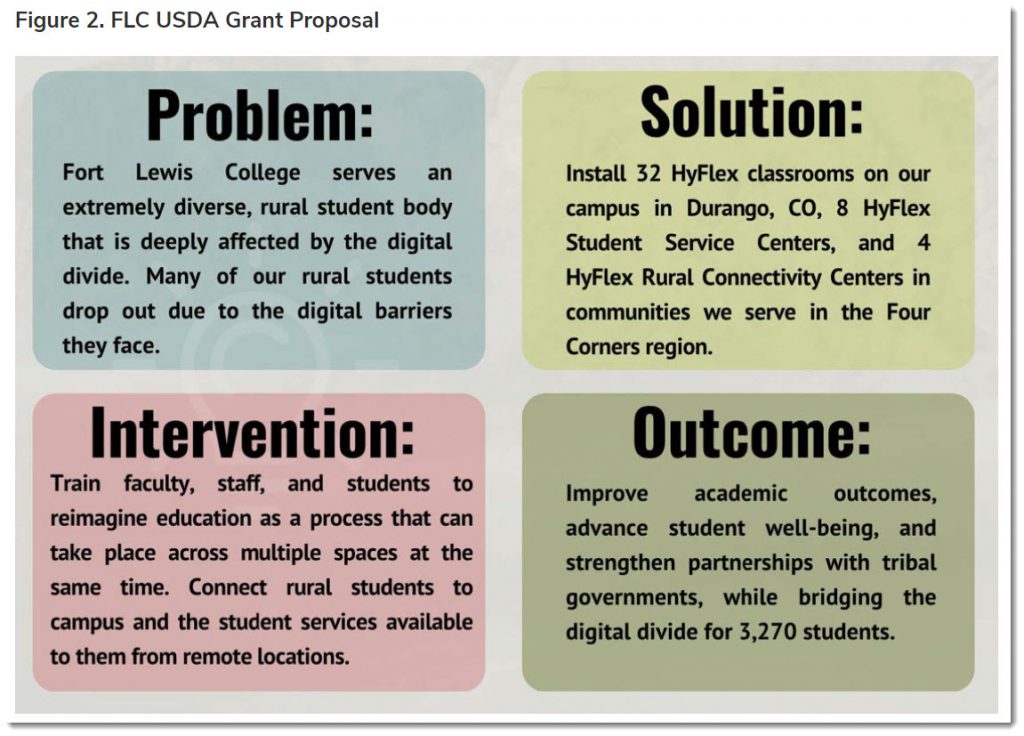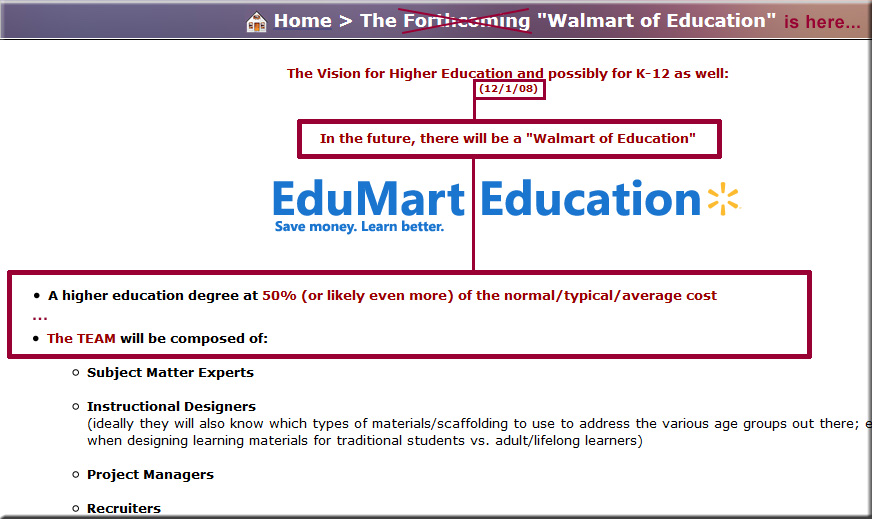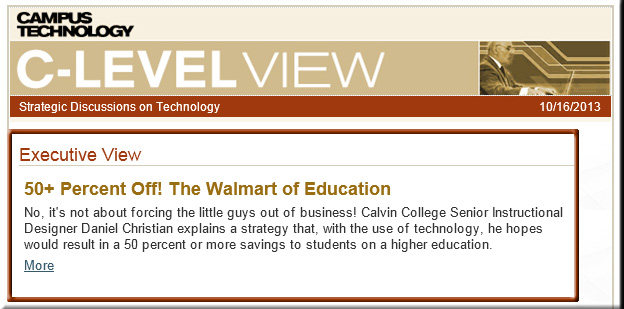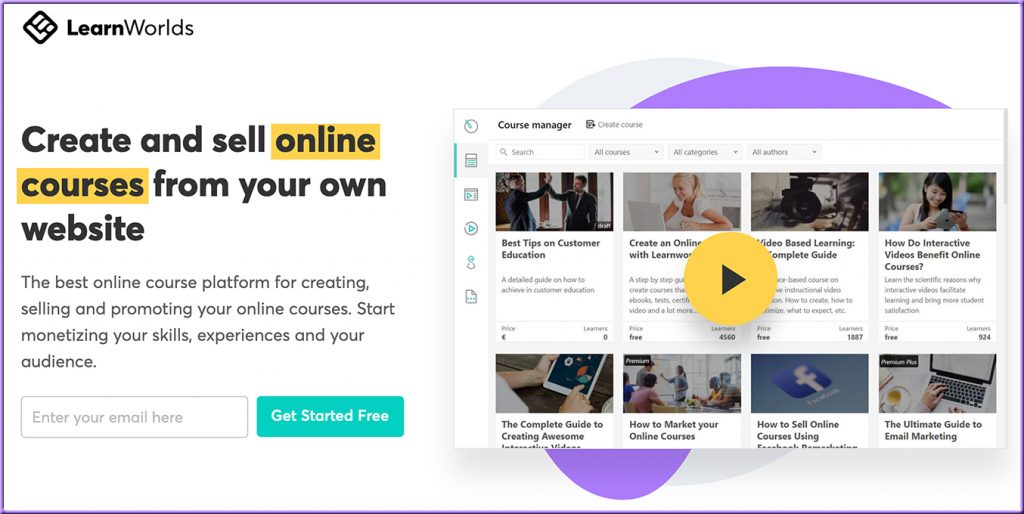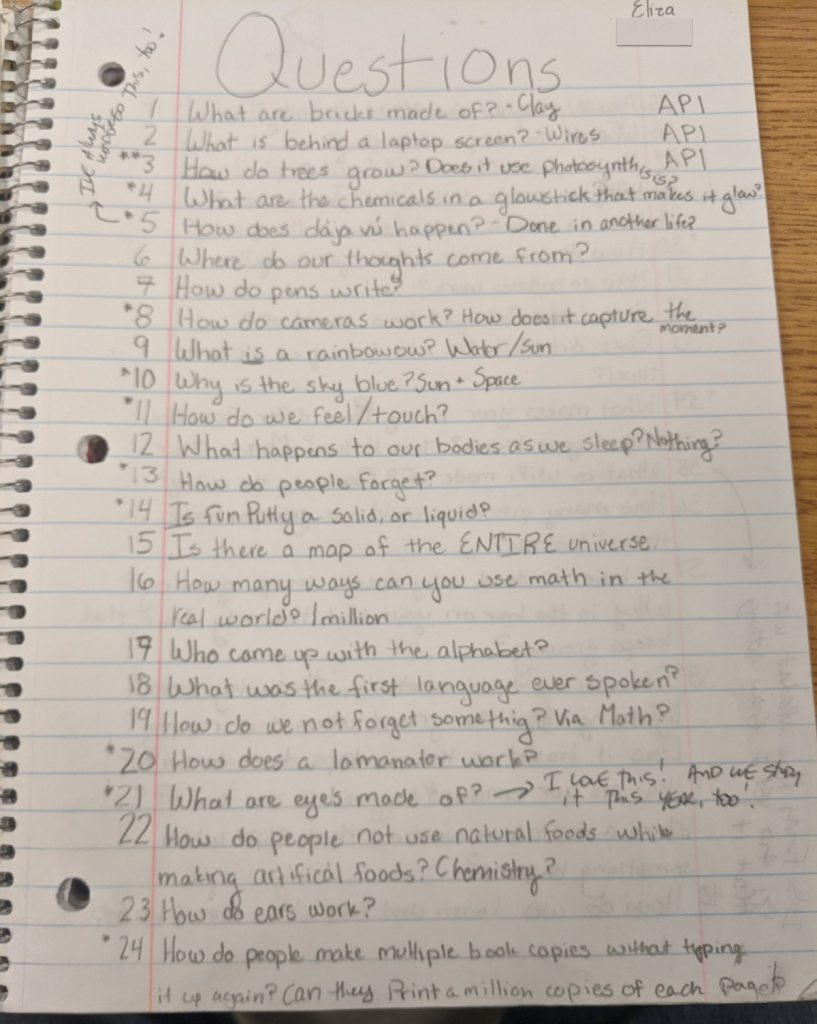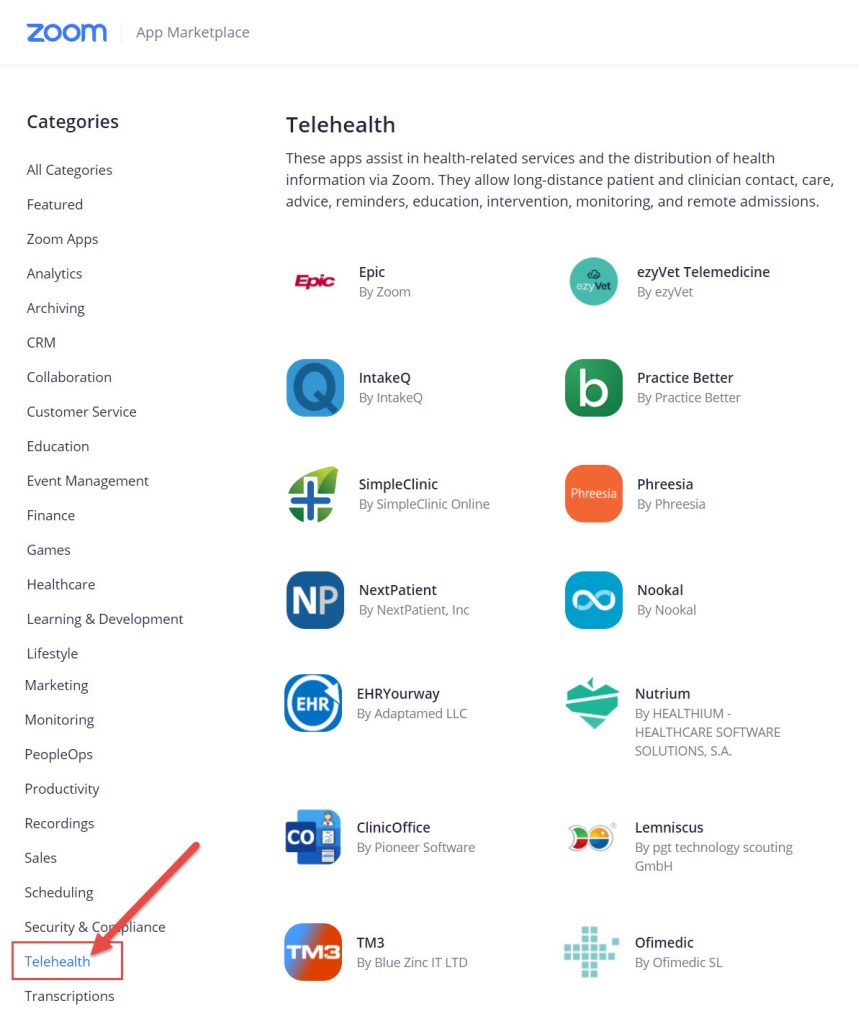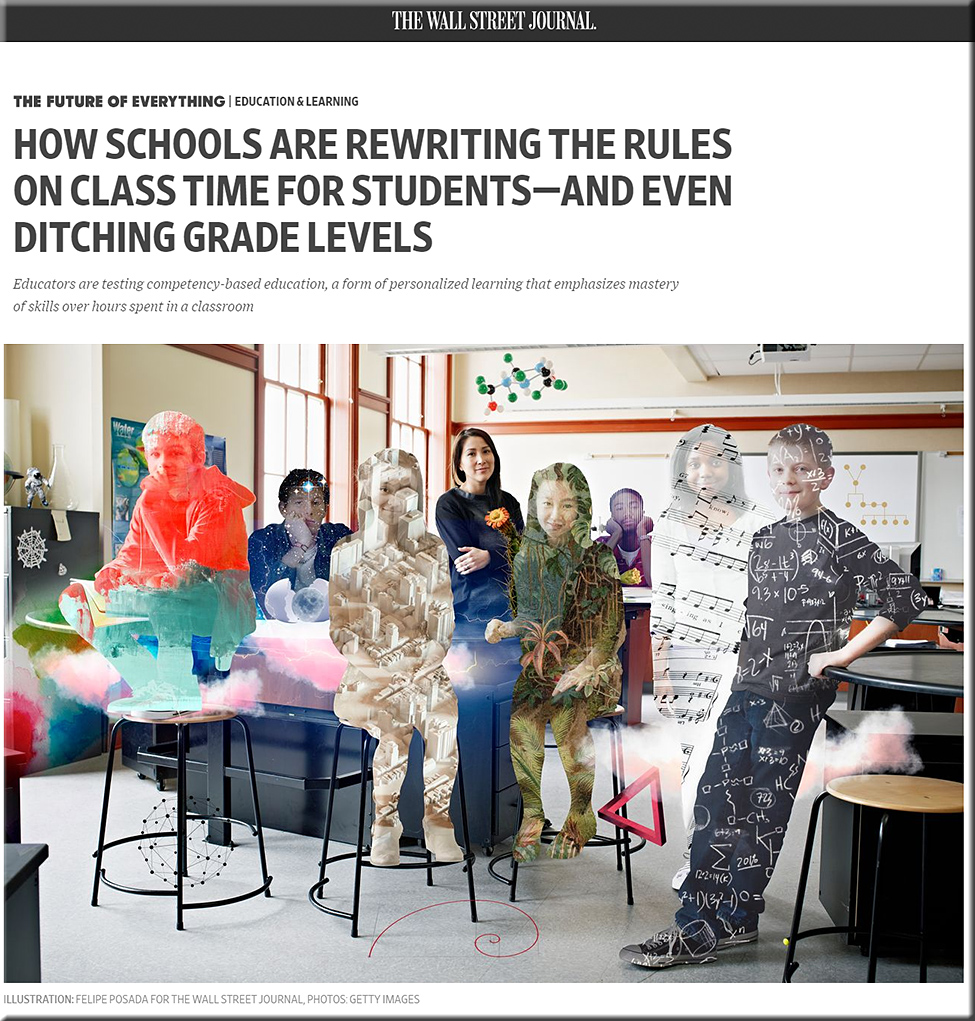Scaling HyFlex for the Post-Pandemic Campus — from er.educause.edu by Jennifer Rider and Ayla Moore
Excerpt:
Setting up HyFlex courses on any campus requires thoughtful planning, careful analysis, continual assessment, and faculty support. But is HyFlex something that higher education institutions can and should permanently adopt in a post-pandemic world?
The Tomorrow Room on campus is a space where new technology will be showcased so that faculty can become familiar with the room design and technology before teaching in a HyFlex classroom.









